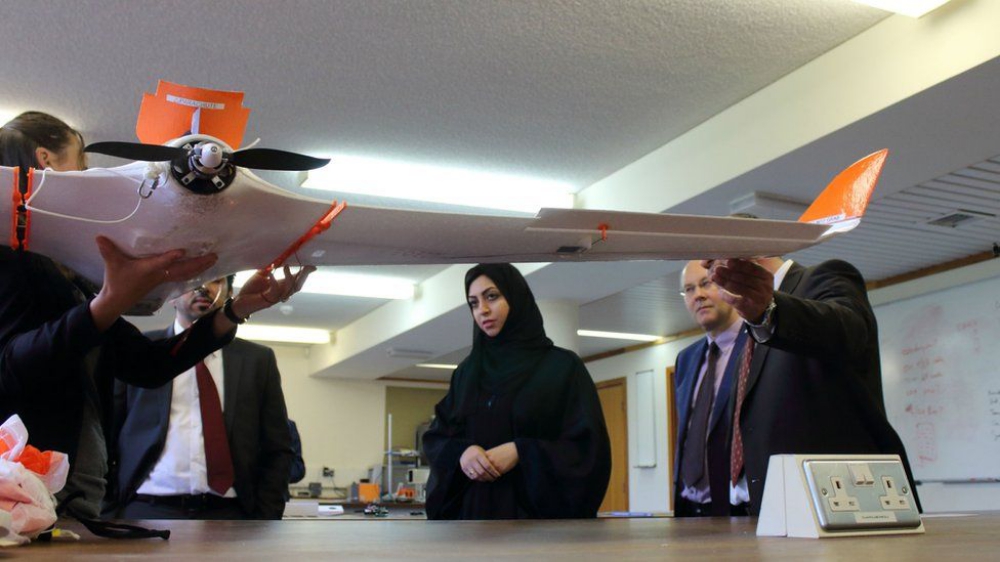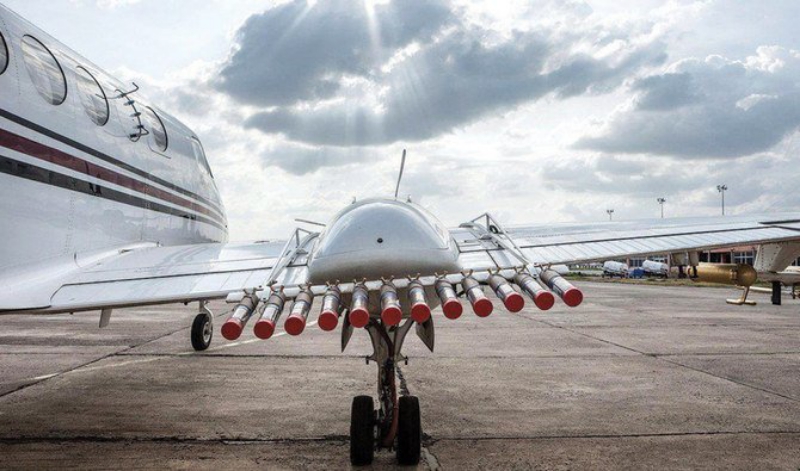Researchers at the University of Reading have been tasked by the UAE to explore ways to induce rainfall in the Gulf by using drones that beam electricity into clouds. The UAE has paid $1.4 million to the UK team to test how an electric charge can expand and merge water droplets to develop into rainfall.
This is a new move to promote “cloud seeding” in a country that uses aircraft that drop chemicals into clouds to boost rainfall by up to 30 percent, according to its own figures.
Some 80 percent of the UAE’s food supply is imported, promoting concerns about sustainability for the oil-rich nation. But researchers at the hope to buck the rainfall trend by using drones to deliver pulses of charged ions into the atmosphere. They believe that using low-power electrical bursts on cloud droplets could encourage raindrops to form.
The country already uses cloud-seeding technology, dropping salt to encourage precipitation. But with average rainfall in the UAE at just 100 mm per year, the country wants to generate more. In 2017, the government provided $15m (£10.8m) for nine different rain-enhancement projects.
The project aims to change the balance of electrical charge on cloud droplets, explained Prof Maarten Ambaum, who worked on the project.
“The water table is sinking drastically in [the] UAE and the purpose of this is to try to help with rainfall,” he told the BBC. The country does, though, “have plenty of clouds”, so the plan is to persuade the water droplets in them to merge and stick together, “like dry hair to a comb” when it meets static electricity, he said. “When the drops merge and are big enough, they will fall as rain.”
Alya Al-Mazroui, director of the UAE’s rain enhancement science research program, said the remote-controlled drones developed in the UK will be tested at a flight center in Dubai.
“Equipped with a payload of electric charge emission instruments and customized sensors, these drones will fly at low altitudes and deliver an electric charge to air molecules, which should encourage precipitation,” she said.
Dr. Keri Nicoll, an associate professor at the University of Reading who is involved in the project, said: “If you emit a charge within a cloud, very quickly the charge will be gathered up by the water droplets. Our theory and modeling work has shown that charging these small droplets can increase the likelihood of them merging through electrostatic forces, and ultimately help them become raindrops.”


